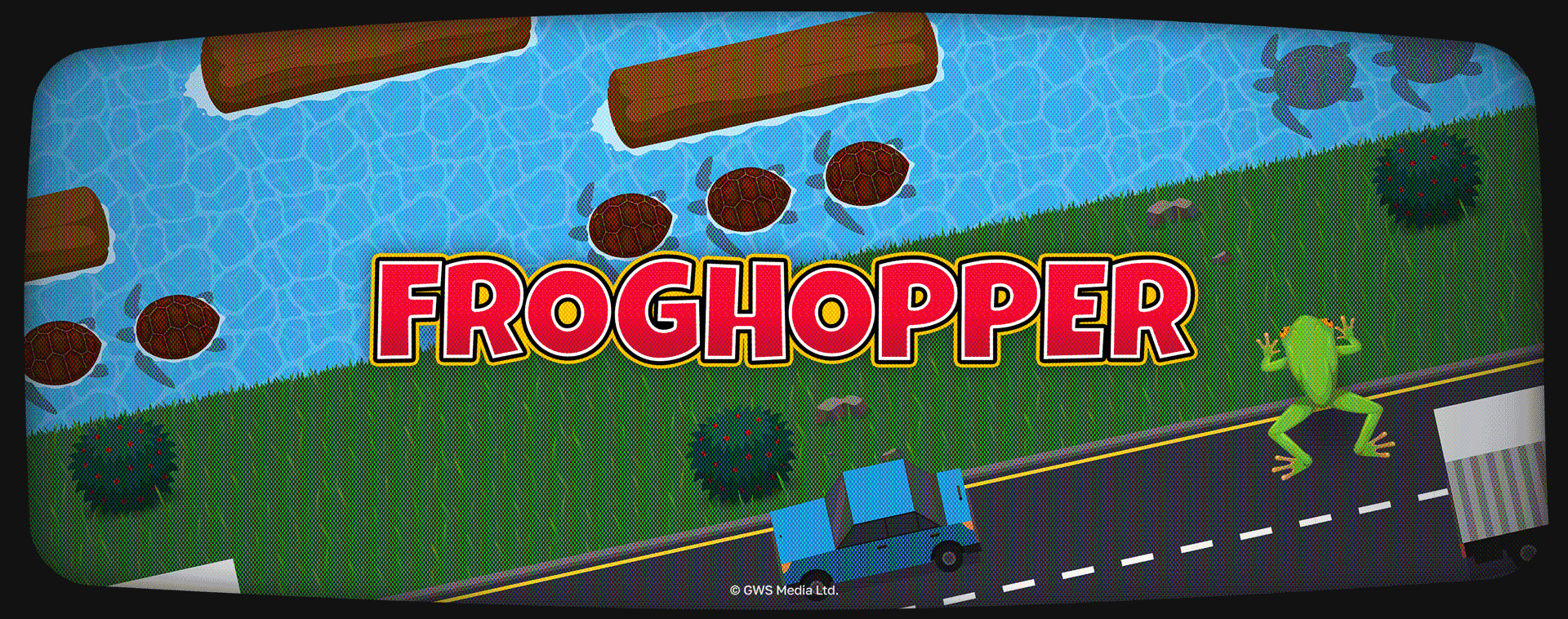Gamification, the art of making routine activities more fun by introducing game-like elements to them, has become a business marketing buzz-word in recent years. But why, and what's the point?
In 2020, the global market for gamification was valued at $9.1 billion. According to industry forecasts, its value is set to triple to $28.2 billion by 2025, and to triple again to $96.8 billion by 2030 . In view of the rapid and significant growth of this market, it is something that businesses should not ignore.
The reported impact of gamification is significant. A recent study found that 48% of employees were more engaged when gamification was used . An engaged workforce tends to be more productive, which can lead to a multitude of advantages for any business, from increased sales to cost savings.
While introducing Gamified practices into your business may seem like a leap into the unknown, we hope this article will help to explain what gamification is, how it can be implemented, and the beneficial impacts it can have on your employees and customers.
Don’t be fooled into thinking that gamification is just a novelty. It has become a proven part of business strategy, and there are many ways to incorporate it into your organisation.

What is Gamification for business?
Gamification for business is introducing a play element (similar to what you would have in a board game, or a computer game) to any relatively mundane or repetitive workplace process or task, to make it more enjoyable for your staff. You can also utilise gamification for your potential customers in order to make their experience of your goods or services a more enjoyable and positive one.
Gamification can take many different forms, from initiating workplace leaderboards with prizes, to producing quizzes for customers that match them to the product most suited to their requirements. Whatever style of game element you implement, if it is done well, it will add an exciting and novel element for staff and customers. This can help to keep staff happy, and it can also make your business more memorable and likely to stand out to potential customers, giving you an edge over your competitors.
The survey statistics show that game elements seem to be highly beneficial to most businesses, so why wait to incorporate them?

How to implement gamification in to your business
In the first instance, trying to completely overhaul your business strategy with the introduction of game elements into every area is probably a little too ambitious. Start small to begin with, and test the water. If you’re not sure where to start, talk to staff, find out where they are experiencing problems or struggling with motivation, and evaluate ways in which a gaming element might help to make those tasks easier and more enjoyable.
This will help to get staff on board with adding gamification and also to ensure that the proposed gaming element is suitable for the particular task in question. It will also give you feedback, and help make the staff feel their input is being listened to.
You don’t want to add gamification just for the sake of it, not only because it will be a waste of time if it doesn’t have the desired impact, but also because the cost and time investment required to implement and support these types of new processes and explain them to stakeholders can be significant.
When thinking about what to add, consider simple solutions first. You could have an embedded feedback-request form on your website that is not getting any submissions, for example. If you were to add the promise of a reward for its completion (perhaps for one submission every month), that may help to elicit thoughts or comments from staff / customers. Or you could perhaps add something a little more complex in an intranet that allows you to know exactly who is logged in and to tailor what they see.
The ideal solution will depend on your business and where you feel there are problem areas or areas with room for improvement. If you need support with the introduction of something like this, no matter how simple or intricate, or want to explore and discuss the opportunities available, please get in touch to arrange a time to talk with our team.
We have in-depth knowledge of how to develop gamification features across your website, including those that can be inserted into existing systems as well as those that are stand-alone. In the latter category, we have recently implemented a game designed to sit on our own website, called Froghopper, which is a tribute to a classic old arcade game from the 1980s . We would be happy to hear from you, and look forward to helping you bring your ideas to life.

How can gamification benefit your business?
Increase Employee Engagement
Tasks that staff have to carry out in the same way every day can sometimes become boring and repetitive, causing errors to creep in and concentration to falter. Sometimes it may be a struggle to get these tasks completed in a timely manner, if at all. Repetition of a task could also mean that if an employee does complete the task, they may have been on autopilot, causing errors to creep in when attention has wandered from the task at hand. Using gamification in a way that refreshes and brings a dull task to life can help re-focus your staff.
89% of respondents to a survey stated that a gamified workspace makes them feel happier , so it seems that one benefit of investing some time and money in this strategy is improving staff morale. Happier staff could also result in an increase in staff retention rates, bringing down recruitment and associated training costs. Investing in processes that facilitate your staff’s work for your business, whether they involve gamification or not, will show them that you are invested in them and their future. Staff are more likely to feel happy at work if they feel their employer is investing time and money in making their work experience a better one.
Improve Employee Productivity and Efficiency
As well as boosting staff engagement, gamification also has the potential to exert a positive impact upon employee productivity and efficiency. The introduction of a gamified version of an otherwise dull procedure can help staff to stay focused and on-task for longer, and increase their productivity levels.
The use of a leaderboard system with rewards can be effective here, particularly in larger organisations that have time to set up and manage one. Staff will be able to see where they are ranked, and will know that if they work on completing certain tasks within a certain period of time and to a certain standard, they will move up the leaderboard and may receive whatever reward is set out - even if that is just recognition from their peers.
Build brand awareness and trust / Promote brand personality
You may have a particular purpose in mind for the use of gamification within your business, such as targeting tricky areas that we have already mentioned. However, perhaps your aim is purely to show off more of your business personality and values to your customers through the use of a game on your website.
Such a game may be highly relevant to your target market, your services or your corporate values. But it could simply be there to be played, enjoyed and maybe even shared with friends and family. “Viral!” we hear you say. Perhaps! An appealing game definitely has the potential for viral self-propagation, but even without that, you can create a buzz and an excitement for potential customers that will with luck end up leading to more conversations and opportunities for engagement, and potentially to leads that result in more business.
The added benefit of this type of gaming feature is that it has the ability to build brand awareness and offer a really memorable experience for customers, making them more likely to come back to the business when they need your services or products again.
Boost marketing success through customer engagement
Customer engagement can also be improved through the addition of gaming elements. Think about any challenging areas within your customer journey and how these might be solved by the use of gamification, perhaps through increasing people’s engagement and holding their attention for longer. If there is a specific part of your user journey in which you have a high drop-off rate, could you use game elements to ensure users are less likely to lose interest so you don’t lose a potential sale?
Using games and play experiences in this way if done well can hold users’ attention and encourage them to spend a greater amount of time on your website, while enjoying themselves, which helps to reinforce a positive image of your business or brand. A longer time spent on your website should also increase the chance of them getting in touch by completing a contact form, requesting a quotation or making some form of enquiry.
Conclusion
We hope this article has given an overview of what the concept of gamification for business entails, and how it can be used beneficially. Based on the available statistical indications from surveys and business forecasts, the trend towards incorporating a sense of play into business procedures seems to be here to stay, and many more businesses will be working this additional technique into their toolbox in future. If it is something your business would like to explore, please don’t hesitate to get in touch to discuss your goals with us.

